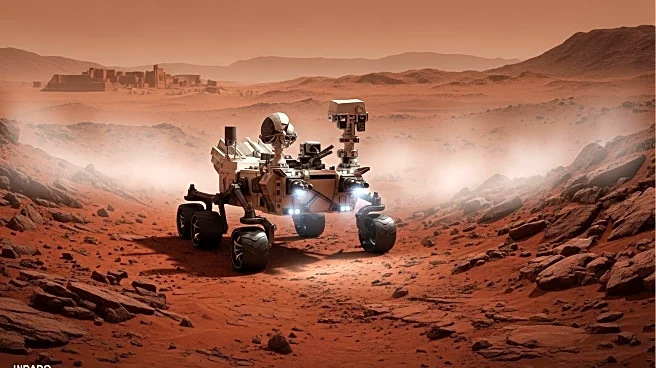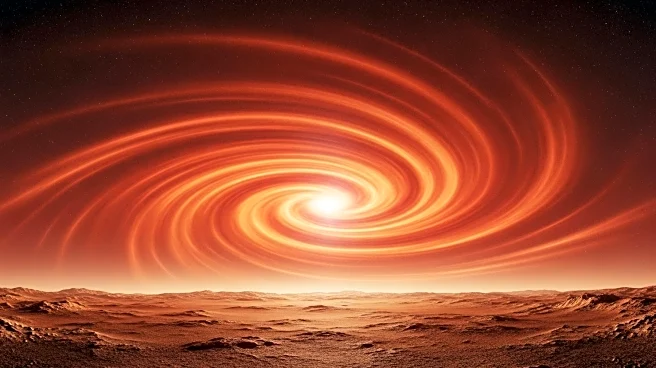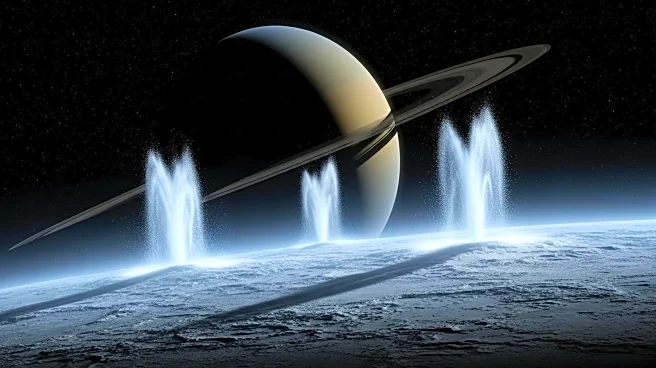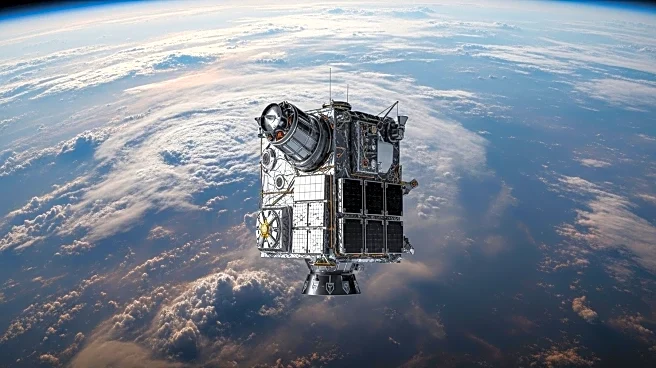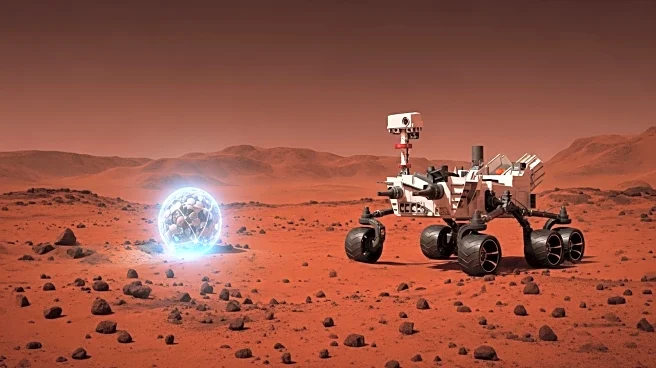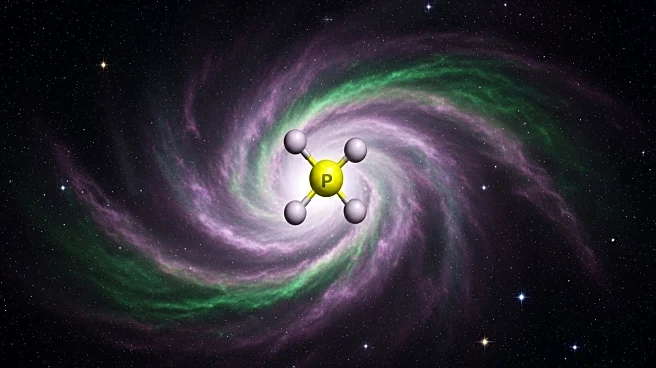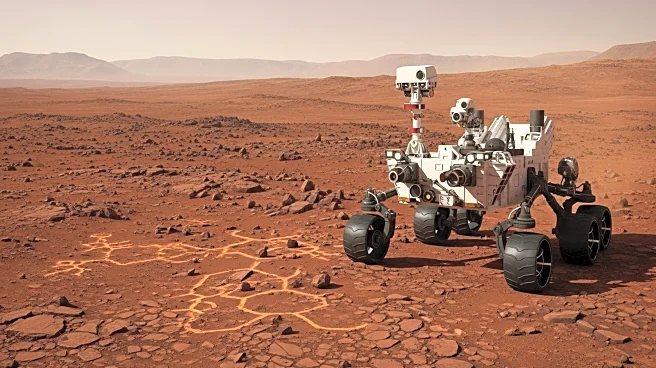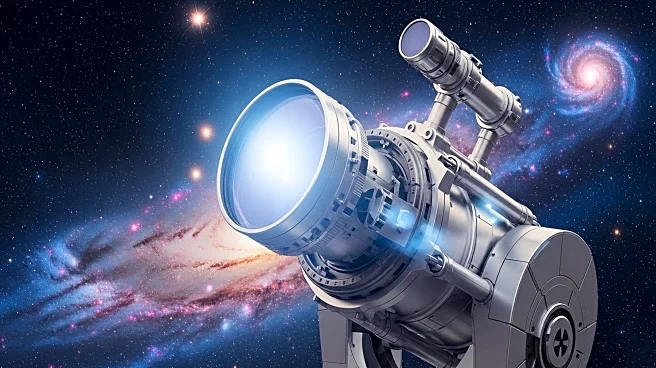What is the story about?
What's Happening?
A team of American researchers has reanalyzed data from NASA's Pioneer mission to Venus, launched in the 1970s, revealing that Venus's clouds are primarily composed of water. This finding challenges the long-held belief that the clouds were mostly sulfuric acid. The reanalysis was inspired by a conversation between Rakesh Mogul of Cal Tech Pomona and Sanjay Limaye, a Venus expert from the University of Wisconsin. They decided to revisit the mass spectrometry data collected by the Pioneer Venus Large Probe, which descended through Venus's atmosphere. The data showed significant spikes in water content at specific temperatures, indicating the presence of hydrates such as hydrated ferric sulfate and hydrated magnesium sulfate. This discovery suggests that water makes up 62 percent of the aerosols in Venus's clouds, although it is bound in hydrates rather than existing as free water droplets.
Why It's Important?
This discovery has significant implications for the astrobiological community, particularly in the debate over the potential for life in Venus's clouds. The presence of water, albeit in a bound form, increases the possibility of life existing in the cloud layers, which have Earth-like conditions in terms of pressure and temperature. The finding also resolves discrepancies between data collected by descent probes and remote sensing devices regarding the water content in Venus's clouds. This new understanding could reshape scientific discussions about Venus and its potential habitability, highlighting the importance of revisiting historical data with modern analytical techniques.
What's Next?
The revelation of water in Venus's clouds may prompt further investigations into the planet's atmosphere and its potential to support life. Researchers might focus on understanding the chemical interactions within the clouds and the role of cosmic dust in introducing elements like iron into the atmosphere. This could lead to new missions aimed at exploring Venus's cloud layers more thoroughly, using advanced technology to gather more precise data. Additionally, the scientific community may explore the implications of this discovery for other celestial bodies with similar atmospheric conditions.
Beyond the Headlines
The discovery underscores the value of reanalyzing historical data with contemporary methods, demonstrating how past missions can contribute to current scientific debates. It also highlights the challenges of data preservation and accessibility, as the original data was stored on microfilm in NASA's archives. This case exemplifies the potential for uncovering new insights from archived data, which could be applied to other planetary studies and enhance our understanding of the solar system.
AI Generated Content
Do you find this article useful?


